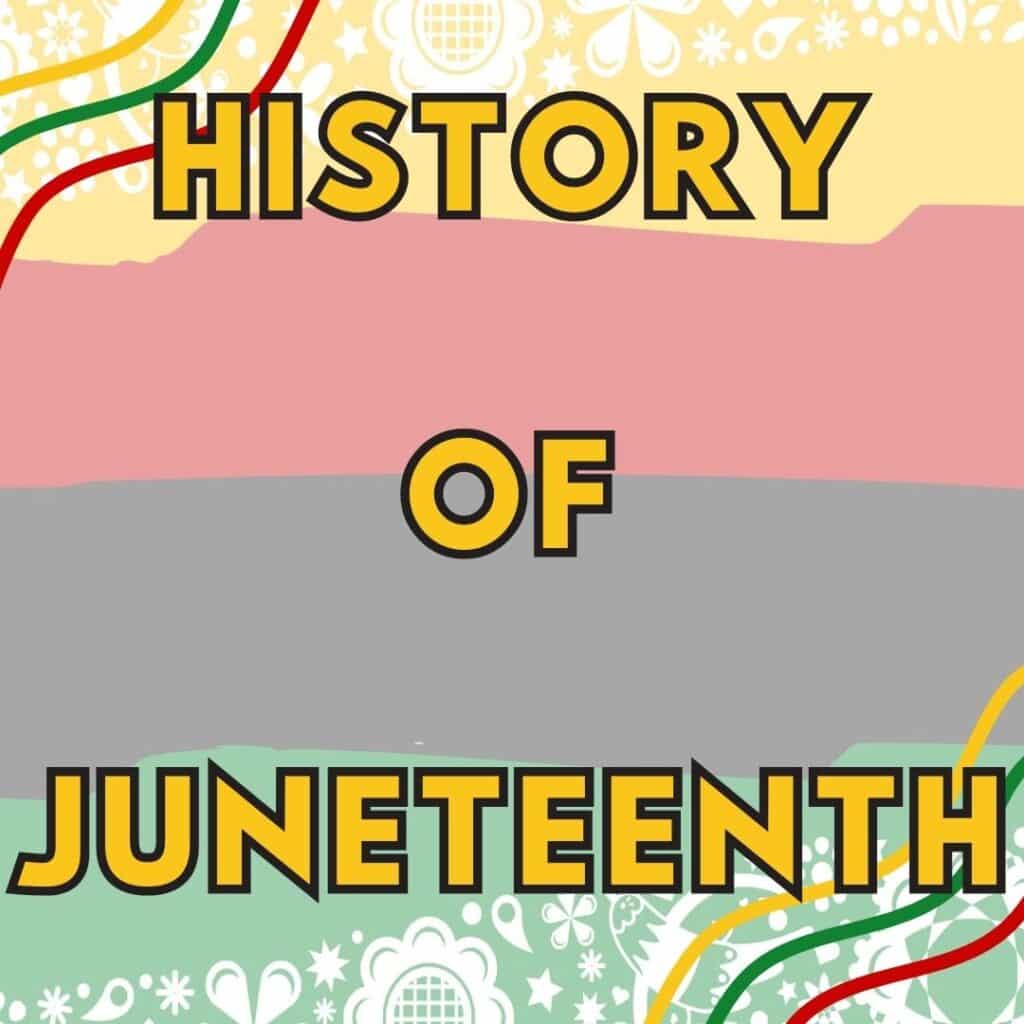
Do your students know about the history behind one of the most “loved” holidays? Teach them the WHOLE story behind the modern-day traditions they know so well with the perfect History of Valentine’s Day lesson.
We know February 14th as a day for candy, flowers, and gifts for the people we love. Some people like to credit the card and chocolate companies for Valentine’s Day, but it actually has a rich and super interesting history.
I love using videos and guided web quests to let my students explore the mysterious legends that surround the holiday of love. February is associated with love and romance. However, the true origins of this popular holiday are not so clear. From the mysterious Saint Valentine to the match-making festival Lupercalia, exploring the history of Valentine’s Day can be so much fun!

Who is Saint Valentine? And why does he get his own holiday? We know that he was a Priest who rebelled against Emperor Claudius II by performing secret marriages after marriage was outlawed for soldiers. Claudius sentenced Valentine to death for rebelling against him. Romantic, right?
Another legend claims that while imprisoned, Valentine sent the first “valentine” love card to a young girl who visited him in prison. He signed the letter, “From your Valentine.” This is why we use that expression today.
Can you imagine drawing your future husband or wife’s name out of a hat? Have your students explore the connection between Valentine’s Day and the pagan celebration of Lupercalia, where they did just that. Lupercalia was an ancient Roman fertility festival held on February 15th. During this festival, young women place their names in an urn. Then, bachelors drew the names of women out of the urn. These “love” matches often resulted in marriages.
During the Middle Ages, February 14th was thought to be the start of the bird’s mating season in France and England. Hence the association of Valentine’s Day with love and romance!
A history of Valentine’s Day lesson is not complete without Cupid. Cupid has his roots in Greek mythology as the Greek god of love, Eros. Cupid (aka Eros) used golden arrows to incite love. However, it wasn’t until the Hellenistic period that he was portrayed as the chubby little cherub we know today.
Now that you have a brief history, you need a way to cover all of this information in one engaging lesson. That’s why I created a History of Valentine’s Day Lesson that lets your students dive into the story of Valentine’s Day all the way back to the time of ancient Rome!



The activities in this resource will engage and excite your students. First, they will watch an introductory video on the history of Valentine’s Day. Second, they will complete a comprehensive web quest where they will read about the story of Valentine’s Day and respond to some text-dependent questions. Finally, they will summarize their learning in a writing activity.
This History of Valentine’s Day lesson comes with BOTH digital and paper versions of THREE highly engaging activities to use in your study of Valentine’s Day. You get Video Notes, a History of Valentine’s Day WebQuest, and a Writing Summary activity.
I hope you feel more prepared to teach your students all about the rich and interesting history of Valentine’s Day. Exploring the origins of this famous day of love gives meaning to the traditions we all know so well. And if you want to embrace those traditions entrenched in deep history, then you will definitely need some Valentine’s Day Swag!
Just check out the three Valentine’s Day-Teacher T-Shirts linked below. You will be ready to rock your history of Valentine’s Day lesson in one of these awesome T’s.
It’s never too early to start your holiday lesson planning! Click HERE for ideas on how to teach the History of St. Patrick’s Day. And, for a full year of holiday resources for every month, you can find my growing bundle here.
| Cookie | Duration | Description |
|---|---|---|
| cookielawinfo-checbox-analytics | 11 months | This cookie is set by GDPR Cookie Consent plugin. The cookie is used to store the user consent for the cookies in the category "Analytics". |
| cookielawinfo-checbox-functional | 11 months | The cookie is set by GDPR cookie consent to record the user consent for the cookies in the category "Functional". |
| cookielawinfo-checbox-others | 11 months | This cookie is set by GDPR Cookie Consent plugin. The cookie is used to store the user consent for the cookies in the category "Other. |
| cookielawinfo-checkbox-necessary | 11 months | This cookie is set by GDPR Cookie Consent plugin. The cookies is used to store the user consent for the cookies in the category "Necessary". |
| cookielawinfo-checkbox-performance | 11 months | This cookie is set by GDPR Cookie Consent plugin. The cookie is used to store the user consent for the cookies in the category "Performance". |
| viewed_cookie_policy | 11 months | The cookie is set by the GDPR Cookie Consent plugin and is used to store whether or not user has consented to the use of cookies. It does not store any personal data. |